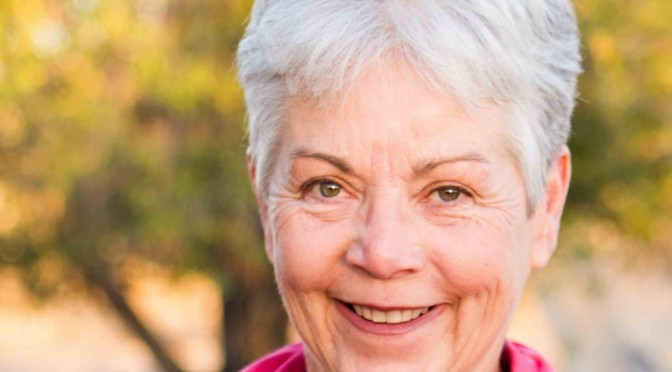Published in the Colorado Springs Gazette, February 28, 2021. By Libby Stuyt, MD, a Professional Advisor to Parents Opposed to Pot
When Coloradans in 2000 voted to legalize marijuana for medical use, the highest concentration of THC, marijuana’s high-inducing chemical, was 5%, and concentrated products didn’t exist.
Over the last 20 years, the industry has dramatically increased the concentration of THC. The average in the plant is now 18.8%. The industry also created concentrates, including vape oil and resins known as wax and shatter, with average THC potency of 69.4% and up to 95% THC.
While there is evidence that components of marijuana can be beneficial for some medical conditions, research supporting this used THC concentrations less than 10% in the smoked plant. There is no validated research on 18-95% THC products to indicate they are medically helpful or safe.
After voters in 2012 legalized recreational marijuana in Colorado for adults 21 and over, medical marijuana applications for adults slowly declined.
Yet there has been a steady increase in medical marijuana cards for those 18-20 over the last three years.
Parents can get medical marijuana cards for their children under 18. In November, parents of 271 children had done so.
Loopholes allow medical marijuana cards for underaged users
Those 18-20 are too young to buy recreational marijuana but they can get their own medical marijuana cards. As of January, 3,935 had cards, with the primary indication being “severe pain.”
An 18-year-old whose brain is not yet fully developed and cannot purchase tobacco or alcohol legally can obtain a medical marijuana card without parental knowledge. The physician is not required to write a “prescription” for a type of product, route of administration, amount, frequency, and period of use. There is no requirement for follow-up appointments to determine whether the recommendation has been helpful or if there are side effects.
Even if the physician recommends something low in THC, the patient can take the card to the dispensary and get anything. Bud tenders give out advice but have no requirements for medical training.
Patients can purchase twice as much from a medical dispensary (two ounces per day) versus recreational dispensary and medical products are less expensive because of lower taxes. There is no tracking to see if someone is going from dispensary to dispensary and purchasing more product, a process known as looping.
Patients with severe psychiatric symptoms
As a psychiatrist, I have seen several patients in this age group, referred for problems with mood swings, anxiety, psychotic symptoms, and suicidal ideation.
They have a medical marijuana card but are usually unable to tell me the name of the doctor who gave it to them. I have looked at the cards and the recommending physicians name is not listed.
These young people are getting the cards for complaints of headache, sprained ankle, low back pain, or anxiety.
They are dabbing – using a blow torch to heat and inhale resin — or vaping 60-plus% THC multiple times daily.
Invariably, they do not schedule a follow-up appointment with the recommending physician until they need to renew the card in the next year.
“Medical” does not mean safe
Because the cannabis industry has been allowed to label these concentrated products “medical,” people believe they are safe.
Kids are increasingly using concentrates. The 2019 Health Kids Colorado Survey reported 10.2% of high school students are dabbing; of those who admit to using marijuana, 52% report dabbing, a nearly 70% increase in only two years.
Many teens with medical marijuana cards are still in high school and become the supplier of concentrates for even younger kids. I am aware of several 14-year-olds using concentrates obtained from an 18-year-old with a medical marijuana card.
A mother of a 14-year-old confiscated a bag of shatter that is clearly from a dispensary. The label indicates it is Scooby Snacks Shatter, 75.7% THC. The list of ingredients includes butane and propane and there is a “disclaimer” in the industry’s own words: “This product was produced without regulatory oversight for health, safety or efficacy.” If there is no regulatory oversight for health, safety, or efficacy – how can this be “medical”?
While there is no research indicating these high-potency THC products are safe or effective for any medical condition, we have multiple studies from around the world showing serious problems resulting from high-potency THC including addiction, psychosis, depression, anxiety, sleep problems, suicide, and violence. Dutch researchers stated anything higher than 15% THC should be considered a hard drug, comparable to cocaine and ecstasy and the Netherlands capped potency at 15% THC.
Colorado needs to close regulatory gaps that are endangering young people.
Libby Stuyt, M.D., is a Colorado addiction psychiatrist.

